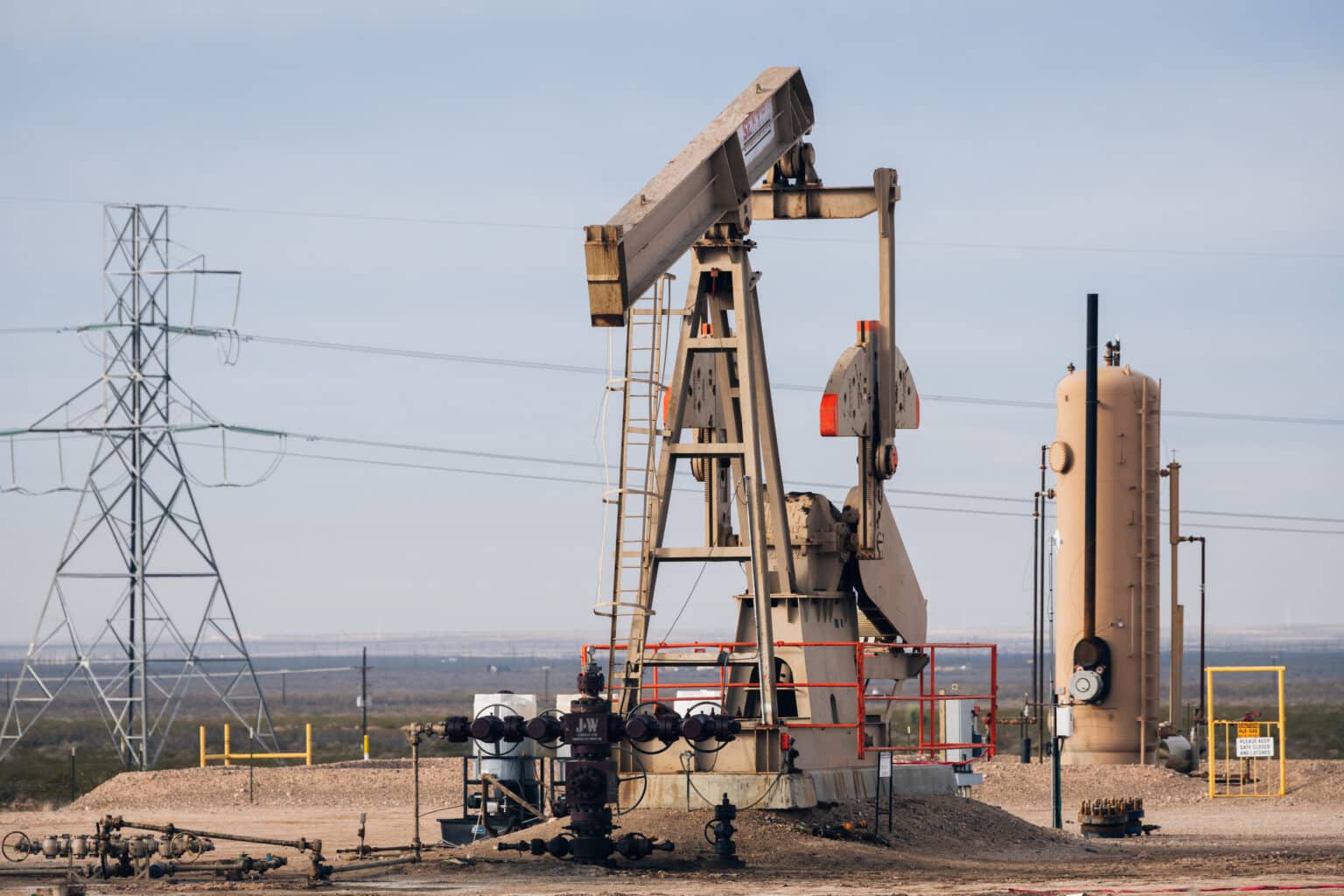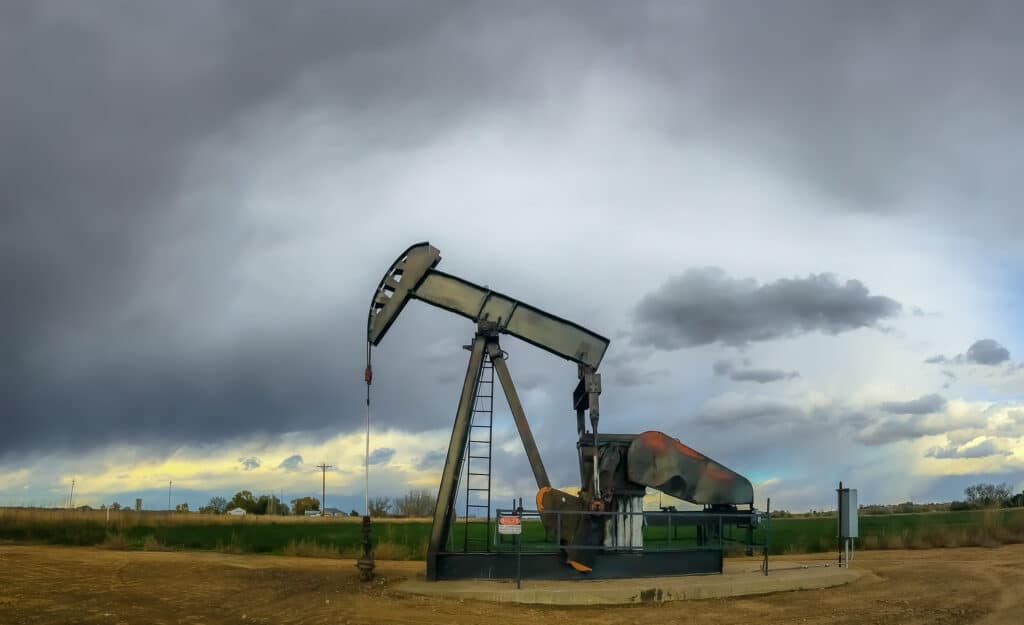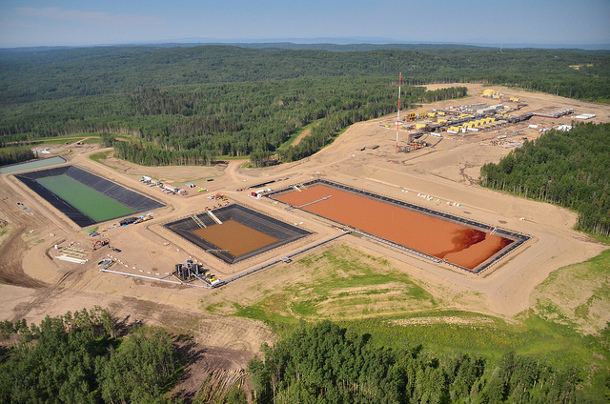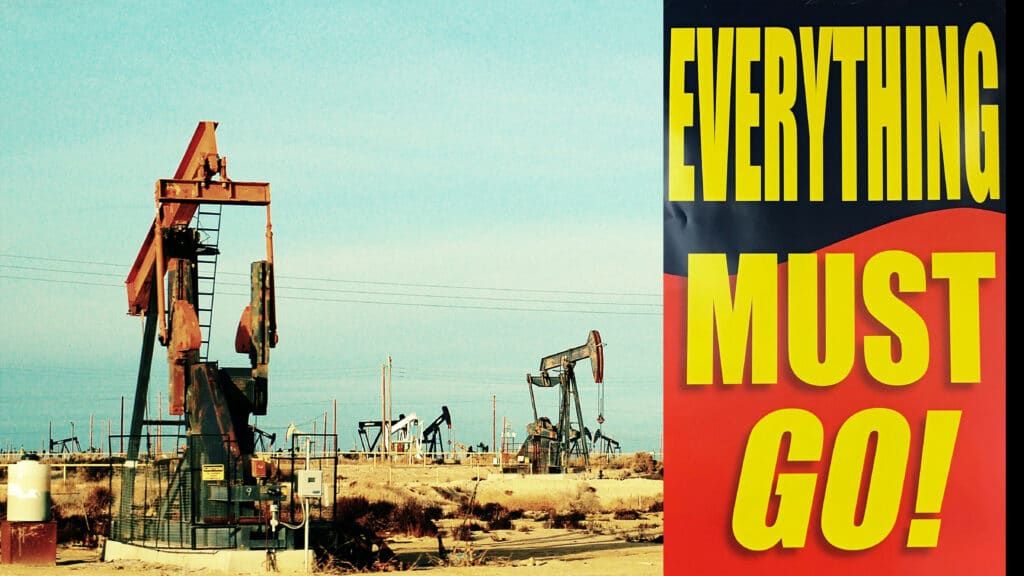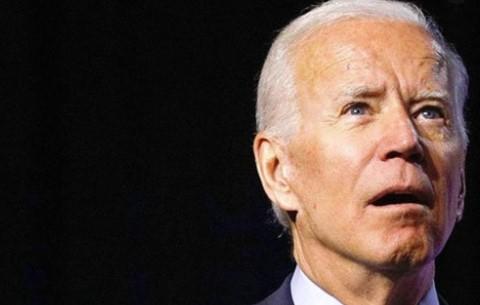- Russia’s invasion of Ukraine has knocked 1.5 million barrels of oil per day out of the global supply.
- With prices spiking, US oil producers have not significantly stepped up production.
- One reason: the special sand needed for fracking is 185% more expensive.
With Russian oil on the international blacklist due to the invasion of Ukraine, the world is seeking a replacement for as many as 4.5 million barrels per day.
Indeed, analysts at Rystad energy consultancy estimate that global trade of crude is down by an average of 1.5 million barrels per day since the beginning of Russia’s assault on its Eastern European neighbor.
Nearly a month on, crude oil is trading at over $110 per barrel, a price which has historically motivated oil companies to ramp up production, but the output of US drillers hasn’t appeared to move significantly.
One of the key reasons actually predates the war in Ukraine: the special sand required for hydraulic fracturing (frac sand) in shale oil production has gotten a lot more expensive.
Frac sand is made of silica crystals processed from pure sandstone, with a small grain size and round shape that allows natural fluids like oil and water to pass between them. At a drilling site, sand is mixed with water and special chemicals, then injected into the ground at high pressure to break up shale to release and pump out the oil inside.
That material now costs between $40 and $45 per ton, Rystad Energy analyst Ryan Hassler told Axios — nearly 185% higher than last year. Two years ago, sand prices were in the teens.
…click on the above link to read the rest of the article…


